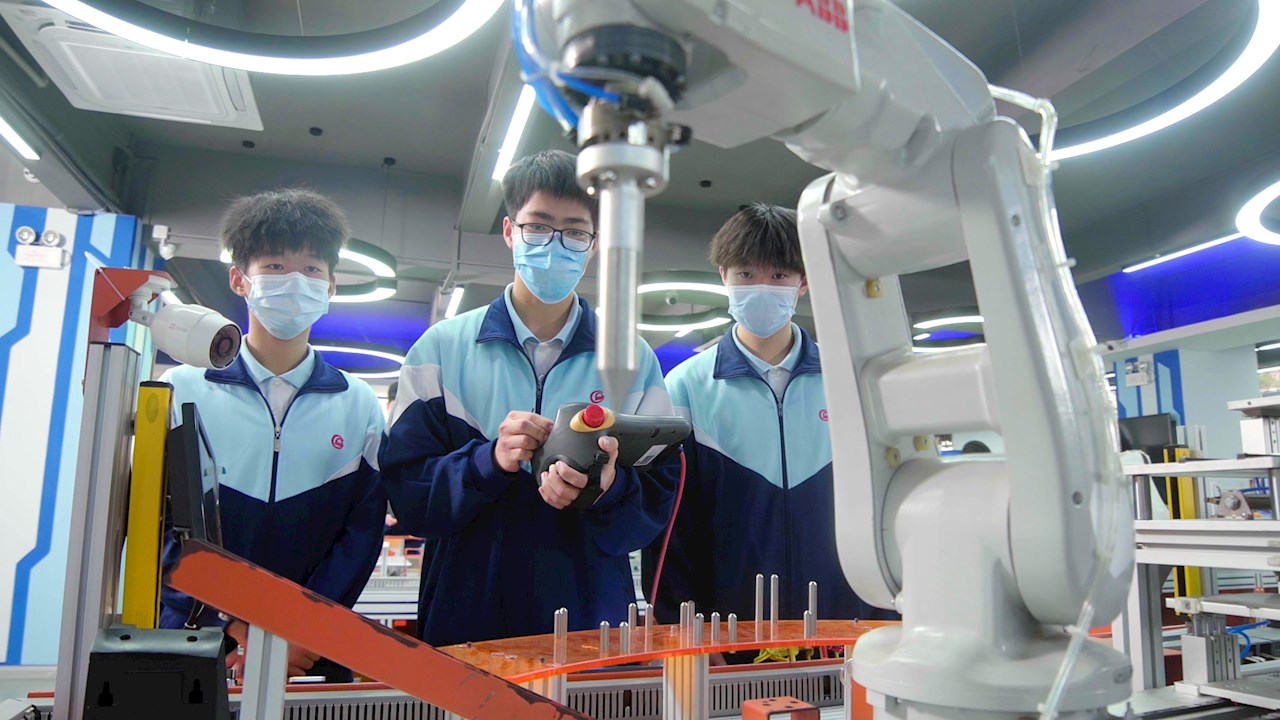
In today’s fast-paced technological world, schools are constantly evolving to prepare students for the future. One of the most exciting advancements in education is the implementation of robotics labs in schools. A robotics lab in school offers an incredible opportunity for students to develop essential skills in science, technology, engineering, and mathematics (STEM). These labs not only promote hands-on learning but also foster creativity, problem-solving, and critical thinking. In this article, we’ll explore the top 10 benefits of incorporating robotics labs into school curricula.
Enhances Problem-Solving Skills
Robotics involves a lot of problem-solving. Whether it’s programming a robot to complete a task or troubleshooting when something goes wrong, students are constantly thinking critically to overcome challenges. This encourages them to think logically, break down complex problems into manageable steps, and test different solutions. By regularly engaging in these activities, students become better equipped to tackle problems both inside and outside the classroom.
Promotes Hands-On Learning
One of the key advantages of robotics labs is the emphasis on hands-on learning. Students are no longer passive recipients of information; they actively engage with the material, which leads to a deeper understanding. As they build and program robots, they experience the concepts they are studying firsthand. This type of learning is especially beneficial for students who struggle with traditional teaching methods. The tactile nature of robotics makes it easier for these students to grasp complex scientific principles.
Fosters Collaboration and Teamwork
Robotics projects often require collaboration between students. Whether they are designing a robot or working on a programming challenge, students must communicate and share ideas. This encourages teamwork, a vital skill in the modern world. Working with peers helps students develop interpersonal skills, such as listening, conflict resolution, and respect for diverse opinions. Collaborative projects in robotics labs often reflect real-world work environments, where teamwork is key to success.
Encourages Creativity and Innovation
In a robotics lab, students are encouraged to think outside the box. They are often tasked with creating robots that perform specific tasks, and the freedom to design and modify their creations sparks their creativity. Whether they are building robots to navigate mazes or design prototypes for new applications, robotics allows students to experiment and push the boundaries of what’s possible. This innovation doesn’t just stay in the lab—it can lead to real-world solutions to everyday problems.
Prepares Students for Future Careers
As the job market becomes more technology-driven, students who gain experience in robotics labs are better prepared for the careers of the future. Robotics combines various disciplines such as engineering, computer science, and artificial intelligence. Students involved in robotics gain valuable skills in these areas, which are highly sought after by employers in industries like engineering, software development, and robotics manufacturing. The knowledge and experience gained in robotics labs can set students on a clear path toward high-paying, in-demand careers.
Improves Computational Thinking
Robotics requires students to learn and apply computational thinking, which involves breaking problems down into smaller, more manageable parts and developing a step-by-step solution. This is an essential skill not only for robotics but also for other subjects such as mathematics and science. By learning computational thinking, students improve their ability to approach problems in a structured and logical way, helping them succeed in various academic disciplines.
Builds Technical Skills
Students who participate in robotics labs gain hands-on experience with the technical aspects of robotics, including coding, electronics, and mechanical design. These technical skills are becoming increasingly important in a world where technology plays a central role. As students learn how to program robots, they also gain experience in problem-solving and technical troubleshooting. They develop an understanding of the way technology works and how it can be used to solve real-world challenges.
Promotes Persistence and Resilience
Building and programming robots is not always a smooth process. Students will often face setbacks, such as malfunctioning robots or errors in their code. However, these challenges teach resilience. When a robot doesn’t work as planned, students are encouraged to reflect, adjust their approach, and try again. This perseverance in the face of failure is an invaluable life skill that extends beyond the robotics lab, helping students succeed in all aspects of life.
Stimulates Interest in STEM Subjects
One of the most significant benefits of robotics labs in schools is their ability to stimulate interest in STEM subjects. Robotics provides an engaging, practical application of math, science, and engineering concepts, making them more appealing to students. When students see the real-world applications of STEM subjects, they are more likely to develop a passion for these fields. This enthusiasm can lead to students pursuing further education and careers in STEM, areas that are currently experiencing a talent shortage.
Enhances 21st Century Skills
In addition to academic knowledge, robotics labs help students develop essential 21st-century skills such as collaboration, communication, critical thinking, and digital literacy. These skills are crucial for success in today’s workforce, where the ability to work well with others, think creatively, and adapt to new technologies is paramount. Robotics encourages students to work together to solve problems, communicate their ideas clearly, and embrace technology in innovative ways.
Conclusion
Incorporating robotics labs into school curricula provides a multitude of benefits that extend far beyond the classroom. From enhancing problem-solving skills to preparing students for future careers, robotics labs offer an engaging and effective way to introduce students to the exciting world of technology. As schools continue to adapt to the evolving needs of students, robotics labs provide an excellent platform for fostering creativity, innovation, and collaboration. By embracing these labs, educators are giving students the tools they need to thrive in an increasingly technology-driven world.







